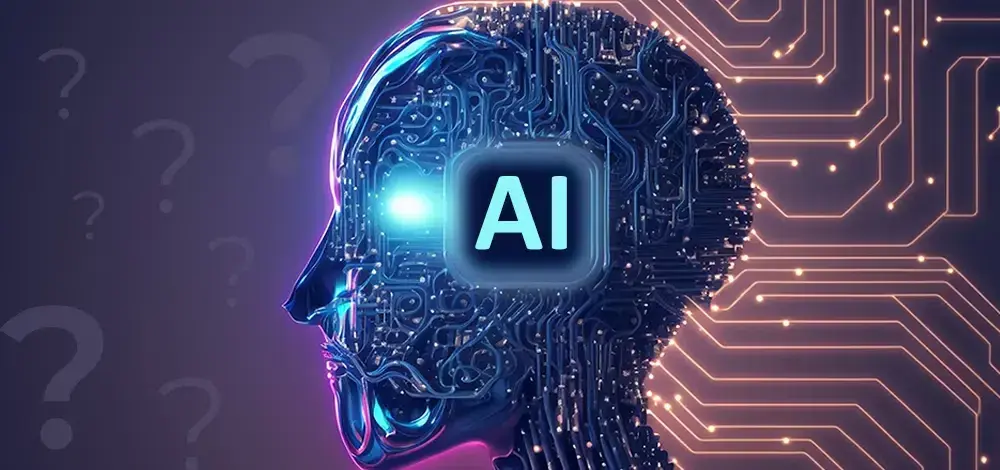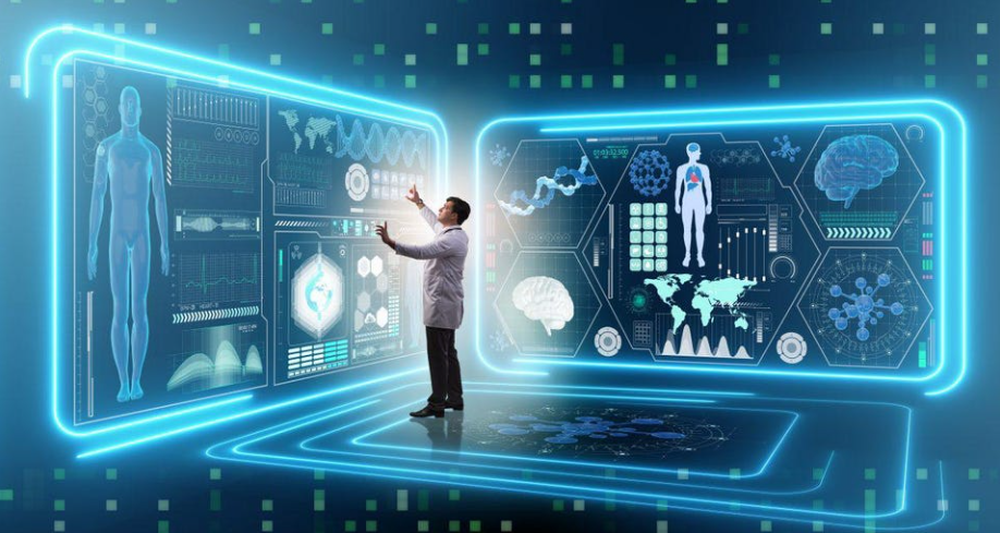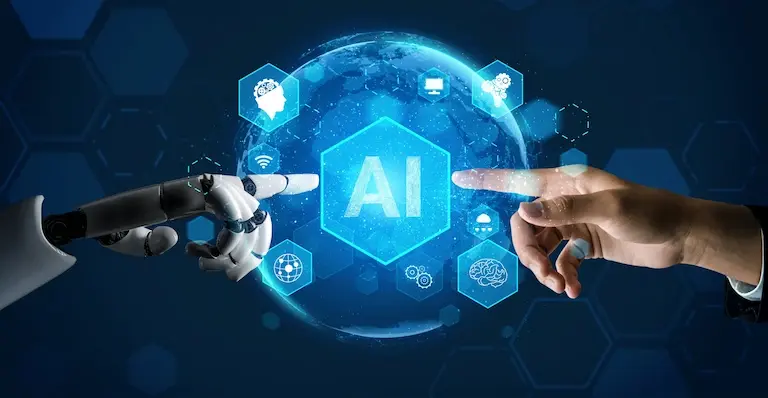Introduction
Deep Learning is a branch of Machine Learning that employs deep neural networks to process and analyze data. With the ability to learn from large datasets, deep learning has achieved remarkable advances across many fields, especially in image recognition, natural language processing, and other applications.
Key Concepts
- Neural Networks: The main structure of deep learning, consisting of interconnected layers of neurons. Each neuron performs a simple mathematical operation and passes data through the layers until reaching the final output.
- Transfer Learning: This technique involves training a model on a large dataset and then fine-tuning it for specific tasks. This approach saves time and resources in model development.
- Natural Language Processing: Deep learning has significantly improved computers' ability to understand and generate natural language. Models like BERT and GPT have demonstrated superior capabilities in performing tasks such as machine translation and sentiment analysis.
Applications of Deep Learning
- Image Recognition: Deep learning is used in applications such as face recognition, image classification, and object detection in videos.
- Healthcare: Deep learning models are applied to analyze medical images, assisting doctors in diagnosing diseases quickly and accurately.
- Self-Driving Cars: Deep learning technology serves as the foundation for developing self-driving vehicles, enabling them to autonomously recognize and respond to their environment.
- Virtual Assistants: Deep learning is also employed in virtual assistants, helping them understand and respond to user requests more naturally.
Deep learning is a rapidly evolving field that promises to continue delivering innovations in the future. With ongoing advancements in computer science and technology, we can anticipate increasingly rich and effective applications from deep learning across various fields.







